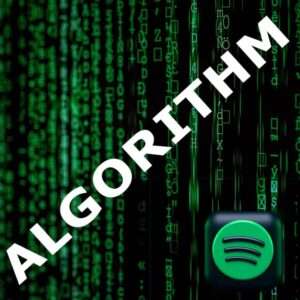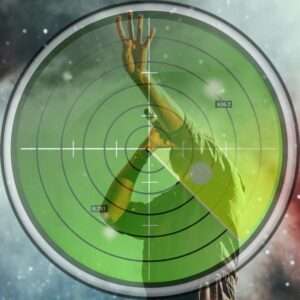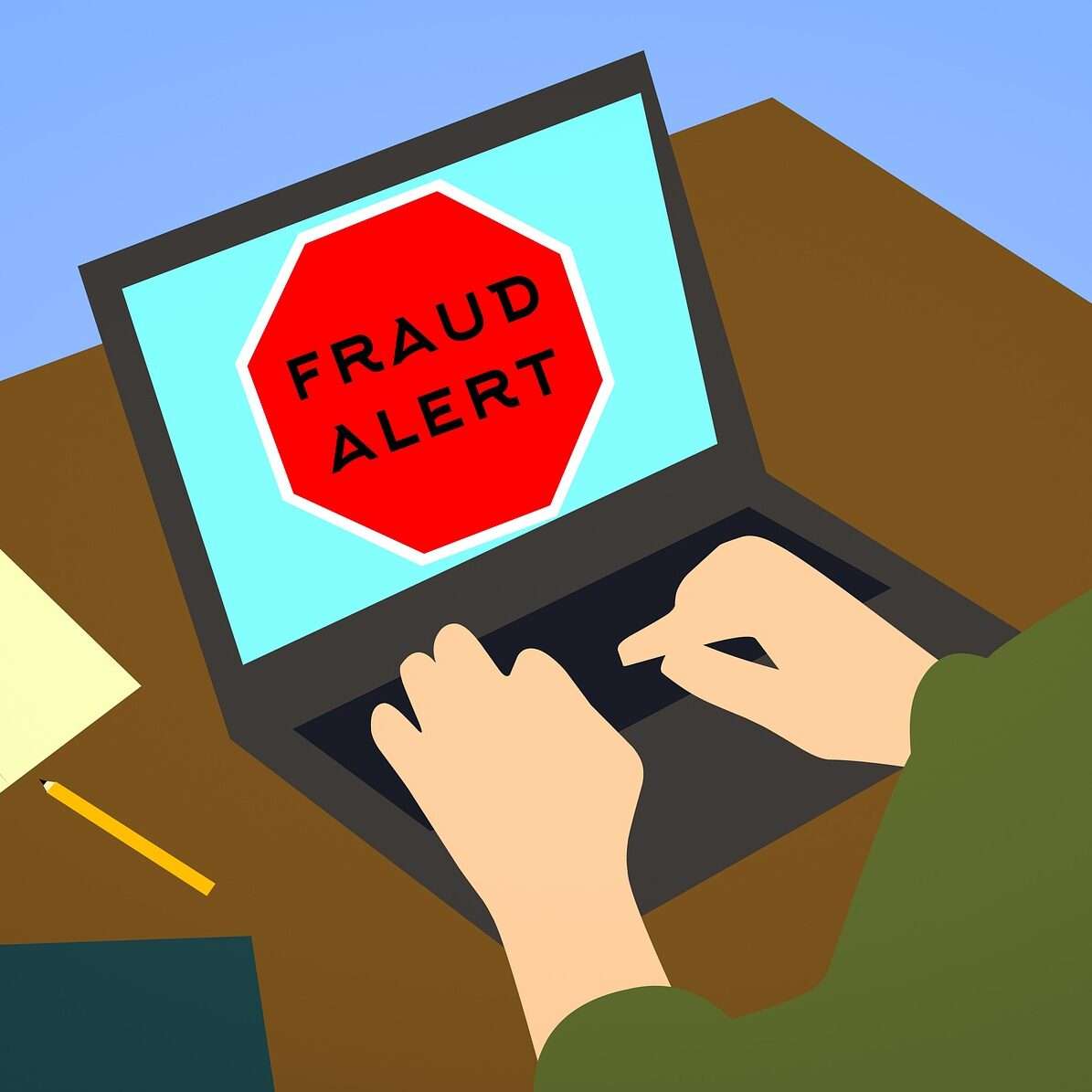Before you go, check out all the Spotify playlist promotions to see which ones deliver real results and which ones are
fake… let me indulge you. One of the fastest ways to spot a fake playlist is to check the available playlist data, artists
and their songs.
Most fake playlists have a very small number of tracks and contain a basic collection of songs. Legitimate playlists tend to
perform much worse than fake playlists.
Fake Spotify playlists are of no benefit to any indie artist who wants to promote their music. As a result, people create
fake playlists to scam artists out of money and earn illegal income from their music. It is in the interests of fake
streaming providers to maximize their profits by populating their playlists with artists willing to pay to join playlists.
Speaking of fake streams, fake followers, and how playlist curators use them to keep going. Playlist subscribers are fake,
which also means the stream is fake. You can see if subscriber growth in your playlist is suspicious (see image above).
In any given month, you should never see more new streams than playlist subscribers. Another sign is that each playlist
subscriber listens to your song in one day.
In an organic playlist, you will have more streams than your song listeners. A legal playlist should (but not always) have
30-50% fewer listeners than streams. Thus, the number of subscribers in a playlist becomes much less important than the
average number of listeners per month. If a song is only in the playlist you’re interested in and that playlist has 1,000
subscribers, it shouldn’t generate thousands of plays.
Not all people will stream a song after a playlist, and some may stream multiple times. You can add it and no one will listen
to the playlist, or listeners will skip your song because they don’t like it. Most playlist subscribers don’t stream the same
playlist multiple times a month and usually don’t listen to the entire playlist every time they put it in. No one will save
all the songs in the next playlist, they will only save the songs they really like.
Using the same little artist, check how many plays they get for any song in the playlist you’re interested in. Find a
playlist that interests you and find an artist with relatively few listeners per month. When checking the legitimacy of a
playlist, the first thing I do is look for an artist whose “Discovered On” stats (2) match their “Monthly Listeners” (1).
The second reason to check artist profiles is that you will also see other playlists that have artists in the Discover
section. It’s easy to tell if the playlist titles don’t match the artist’s music (for example, the artist is hip-hop and the
section shows country playlists).
If an artist has 5,000 listeners per month and most of them are from one (seemingly random) city, this is potentially a sign
of a fake playlist. Artists in bot playlists often get 40% or more of listeners from 5 major US cities. If you see profile
followers that look like this on accounts of any size, it’s most likely a bot playlist.
Many fake playlist owners also tend to use bots for their clients’ followers. Botters usually create multiple playlists and
generate fake followers and playlists for each. When botters get a big order for a track, they put it on each of their
playlists and sometimes show themselves on the “About” tab of the artist who pays for their services.
If the creator has several playlists with approximately the same number of subscribers, this is a wake-up call. If you see
that one curator (Spotify account) has several playlists of very similar size, there is a good chance that these lists are
fake. The red flag and indicator that the playlist is fake is approximately the same number of streams and listeners of your
song from a particular playlist (pictured above).
Listeners can point to the authenticity of a playlist, but that’s not all. Real playlists always have some indication that
real people are listening to them, the best way to find out is to check the profiles associated with them. If a playlist goes
from 0 to 54,000 subscribers overnight, rest assured it’s fake. The image above shows a song that has an editorial playlist
from Spotify (The Flow) and a third-party playlist that has 13,000 more subscribers but twice as many listeners for that
song. this song.
The third-party playlist also has fewer songs, which also makes streaming legal. The new influx of organic streams from
playlists should contribute to more algorithmic streams from Discovery Weekly and Release Radar (relative to the quality of
your music, and that’s subjective). Watch for indicators on your Spotify for Artists dashboard, such as an increase in
streams for no apparent reason, especially from seemingly random locations in your popular streaming cities.
What our team found on Spotify is that there are a lot of playlists popping up in the Discovered On top 5 artists, and while
they seem extremely effective, what’s really behind the veil is a façade. Fake Spotify Playbacks give you insignificant
streams, low royalties, decrease your chances of getting into Spotify’s algorithm-based playlists, and can get you suspended.




